Prada S/S 14 - Milan
-
hello 2024!
supertalk is free to browse as a guest. You need to be a member to participate in discussions or buy and sell on the classifieds.
Classifieds listings are now free for members.
supertalk is now upgraded to //// supertalk 8 ////
______________________________________
New membership is $US 1 / month
Payable $US 6 / every 6 months
You can cancel renewals prior to renewal date.
______________________________________
You can also become a premium superseller or supermember. Businesses who want to promote their brand and products need to become a supersponsor. superfuture® is privately owned and has been online continuously for 25 years. supertalk has been online for 21 years and is a digital cockroach that will survive all current and future apocalypses.
-
Similar Content
-
- 16 replies
- 4116 views
-
- 0 replies
- 1760 views
-
- 4 replies
- 3009 views
-
- 4 replies
- 3025 views
-
[Moving Sale] Dior Homme, Balmain, Louboutin, Thom Browne, Givenchy, MMM, APC, Vivienne Westwood, LUC, Viridi-anne, LV, Burberry, Prada, etc
By mixmaster7_91,
- Balmain
- Thom Browne
- (and 6 more)
- 21 replies
- 7710 views
-
-
Top 10 Active Viewed Topics
-
- 26757 replies
- 5964101 views
-
- 24120 replies
- 5838386 views
-
- 24722 replies
- 4301026 views
-
- 22877 replies
- 3341640 views
-
- 13532 replies
- 3155226 views
-
- 10643 replies
- 3086257 views
-
- 21110 replies
- 2692668 views
-
- 13243 replies
- 2656448 views
-
- 8532 replies
- 2336644 views
-
- 11342 replies
- 2301948 views
-

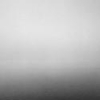
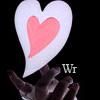
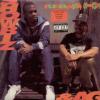
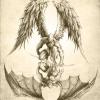

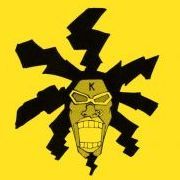








Recommended Posts
Join the conversation
You can post now and register later. If you have an account, sign in now to post with your account.